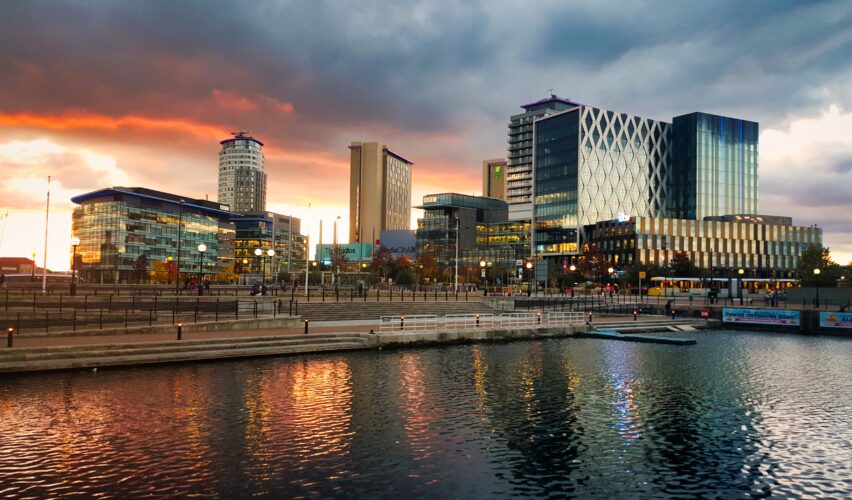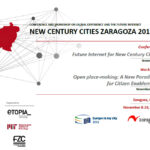Whereas you are studying the subject of innovation districts, or just interested in how these new districts are launched, implemented and managed, you might find useful a quick review of what we think are 10 important elements to for planning a succesful innovation district. This post was inspired by former seminars within the network of New Century Cities held in Zaragoza, Spain, on Nov’2012 and, later by the working sessions with Medellin’s RutaN managing staff.
1. Vision and political leadership. It’s usually the mayor who leads and creates the political grounds for the development of such a process.
2. Social consensus. Which comes after the political consensus is settled. It is crucial to establish and maintain the vision throughout the many difficulties that sure will arise, and for that, cooperation from the media and the political forces is essential to shield the project from political shifts, as it is the early implication of local communities.
3. Cooperation among institutions present in the city. Local, regional and national authorities must be ideally represented in the board.
4. Co-leadership of local universities as the main suppliers for talent, research activities and technology transfer.
5. Fiscal tools and incentives to attract economic activity to the place.
6. Urban planning and development tools are needed to configure the use of space and adapt it to the changing real estate conditions.
7. Anchor tenants. The early settlement of one or several anchor tenants act as a magnet to the place. This has been proved beneficial at the early stages of many innovation districts.
8. Innovation ecosystem. It’s not only the “hard” factors (labour costs, fiscal incentives, land price) that make a place attractive for businesses. It’s the existence of intangible “soft factors” (individuals, leisure, image, culture, …) that can transform the “physical proximity” between the different agents into a “relational proximity”.
9. Participation of local communities as important stakeholders of the district. It is fair and wise to co-design the place with them, and it is probably a smart communication strategy and a source of legitimization not to dismiss.
10. Luck, or serendipity. You are trying, after all, to build “the place to be”, and that implies to be able to get there at the right time. Furthermore, creativity flows in unexpected ways and from unexpected sources. It is by definition something whose results can not be guaranteed.
If you are interested in the topic of understanding, studying or planning innovation districts, more articles on the topic can be found here.
This article is published under a Creative Commons license. Some rights reserved.
Photo by Orry Verducci on Unsplash
















